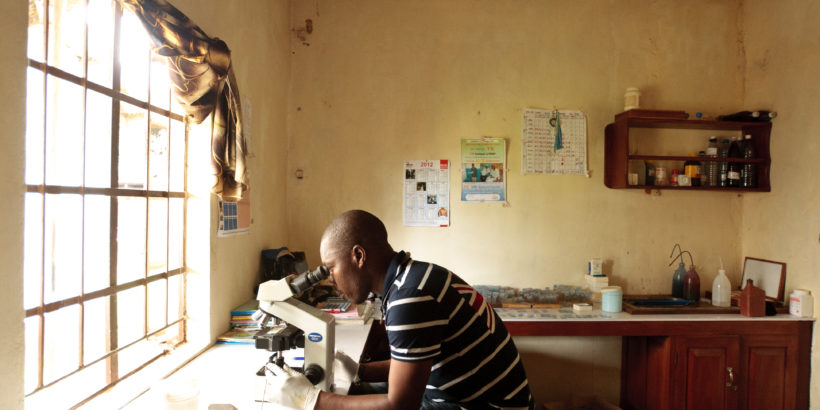As researchers, doctors, policymakers, and advocates, we are all champions for the control and prevention of enteric fever and nontyphoidal Salmonella invasive disease. To effectively communicate the nuances of public health interventions from vaccine introduction to sanitation infrastructure, it is important that our words are accurate and consistent with the science of enteric fever and nontyphoidal Salmonella invasive disease. However, for the everyday typhoid advocate, some of the science can be pretty…well, science-y. That’s why we’re publishing this three-part blog series, “Back to Basics,” which takes a deeper dive into the fundamentals and nuances of the terminology we use and reference every day.
When disease outbreaks or other threats emerge, epidemiologists investigate how illnesses may have spread. They search for the cause of disease, identify who is at risk, and determine how to control or stop the spread of a disease, which includes considerations about WASH, vaccines, treatment, and other prevention and control tools.
In Salmonella investigations, some key epidemiologic concepts help scientists better understand illnesses, detect outbreaks, and stop disease transmission. There are more than 2,600 serovars of Salmonella bacteria, so it is especially important to understand how these terms apply to a Salmonella investigation.
In a Salmonella investigation, there are a few key terms that are important to understand, including reservoir, source, and mode of transmission:
- A reservoir is the habitat or place where an infection-causing germ normally lives, grows, and multiplies. There are two widely known groupings of Salmonella serovars. They can be classified by the reservoir where they most commonly live:
-
- Typhoidal Salmonella (Typhi and Paratyphi A, B, or C): humans are the only known reservoir
- Nontyphoidal Salmonella (NTS): animals are the major reservoirs
- A source is the place from which a germ is transferred to a susceptible host. Sources of infection with typhoidal serovars include food or drink contaminated with human feces. Sources of infection with NTS serovars have included direct contact with animals and their environments. Examples include consuming raw or undercooked foods that come from animals such as beef, eggs, poultry, and dairy products, and consuming water, fruits, and vegetables contaminated with animal feces.
- A mode of transmission is how the disease spreads. It is the pathway between the germ’s reservoir and the susceptible host. Diseases can be transmitted through direct or indirect routes:
-
- Direct transmission: Germs can spread through direct physical contact (such as touching an infected person, including sexual transmission) or through large droplets in the air (such as coughing or sneezing.) This is rarely the mode of transmission for enteric fever.
- Indirect transmission: Germs can spread through an intermediary or third object. Examples include vectors (mosquitoes, ticks, and fleas that spread germs), vehicles (for example, contaminated food or water), or small droplets that land on inanimate objects (known as “fomites”) when someone coughs or sneezes. This is usually how Salmonella Typhi and Salmonella Paratyphi are transmitted.
Because typhoidal Salmonella serovars only live in humans, many people think that humans are the main source of infection and person-to-person transmission is common. In fact, the opposite is true. The human reservoir is rarely the source of infection. Person-to-person transmission could happen only with direct fecal-oral contact. Usually typhoidal Salmonella serovars are spread indirectly, most commonly through food or water contaminated with human feces.
Using these terms correctly has important implications for public health action. For example, in a foodborne Salmonella outbreak, investigators would focus on identifying the contaminated food or tracking a sick food handler to stop the spread of disease. In a waterborne outbreak, prevention strategies would prioritize treating drinking water and repairing inadequate sanitation infrastructure. Thus, understanding the reservoir, source, and mode of transmission is essential for effective disease prevention and control. When policymakers are armed with this information, they can turn to disease prevention decisions such as introduction of typhoid conjugate vaccine to help limit transmission of typhoid through any intermediary source.
Photo courtesy of Sabin Vaccine Institute



